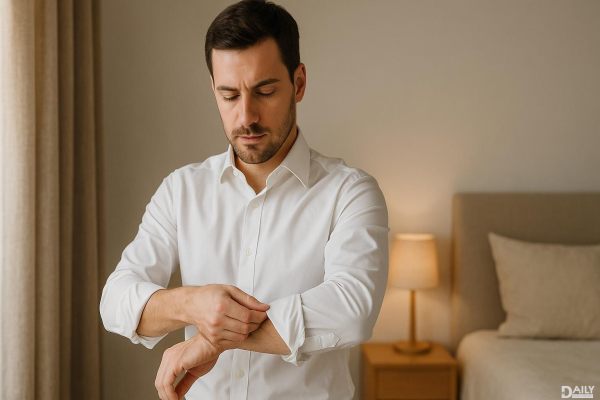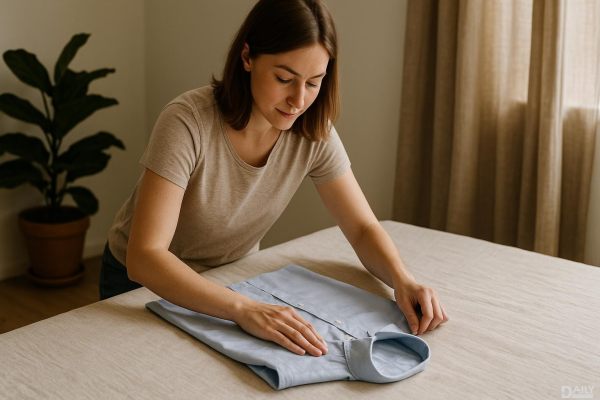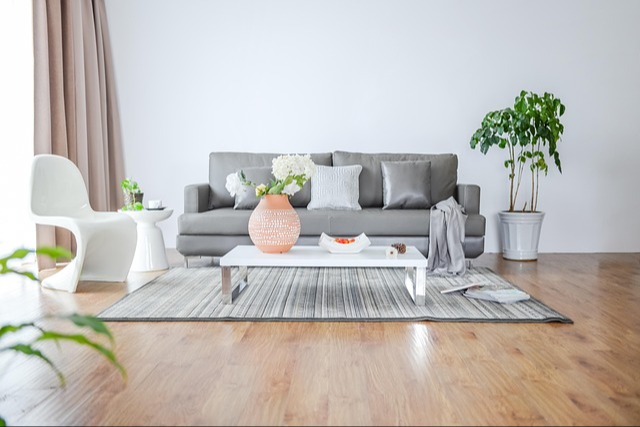So you're telling me the "healthiest" day involves more standing than a security guard at a Black Friday sale? That was my first thought when I stumbled across this new study suggesting we should spend over five hours daily on our feet—not counting exercise time. As someone whose natural habitat involves a laptop and a couch, this felt like being asked to run a marathon with zero training. But curiosity got the better of me, and I decided to give this "optimal" 24-hour schedule a whirl. Let's just say my feet have never been so mad at me.
The Science Behind the Standing Ovation
This research isn't just some fitness influencer's hot take—it's peer-reviewed data published in Diabetologia analyzing 2,000 people's daily habits. The magic formula? Swap sitting hours for movement (even light stuff like folding laundry counts) to improve blood sugar levels and heart health. For diabetics, these small changes could be game-changers. But for the average desk jockey? Suddenly realizing you need to log four-plus hours of daily activity feels like being handed a pop quiz on calculus when you barely passed algebra.
Reality Check From the Experts
Before you panic-buy a treadmill desk, let's get real. Dr. Thyfault—who actually studies this stuff—says these findings shouldn't become your new Bible. "Incremental change" is his mantra. Translation: no need to go from couch potato to CrossFit overnight. His practical tips? Aim for 5,000 steps daily (about 2.5 miles) and break up sitting every 45 minutes. Much more doable than standing through entire seasons of "Stranger Things," right?
My Day as a Lab Rat
Armed with good intentions and that dusty pandemic standing desk, I attempted the perfect health day. Morning went smoothly—until real life happened. Work piled up, my lunchtime run got halved, and suddenly I was doing math at 8 PM like: "If I walk laps around my apartment while watching TV, does that count as moderate activity?" Pro tip: trying to optimize every minute for movement turns you into that annoying friend who does squats during brunch.
Standing Desk or Torture Device?
Here's what nobody tells you about standing desks—they turn your feet into throbbing slabs of meat after hour three. While I discovered some natural movement habits (turns out I pace during phone calls), Dr. Thyfault confirmed what my screaming calves already knew: constant standing isn't necessarily better than frequent mini-movement breaks. The real MVP? Getting up regularly, even if just to refill your water bottle between Zoom meetings.
The Unexpected Wins
Despite the exhaustion, two things shocked me: 1) How much more alert I felt after actually sleeping eight full hours (revolutionary, I know), and 2) That walking errands while calling my dad became a highlight. The takeaway? Maybe we don't need military precision, but identifying enjoyable movement—whether it's walking meetings or dance-cleaning your kitchen—makes healthy habits stick way better than rigid schedules.
Final verdict? While I'll probably never hit those exact study numbers again (RIP standing desk), the experiment revealed simple tweaks that work for my lifestyle. Because at the end of the day—whether you're hitting optimal activity levels or just remembering to stretch between Netflix episodes—health isn't about perfection. It's about finding what makes your body feel good without turning your life into a spreadsheet. Now if you'll excuse me, I have a date with my couch... after I take a quick walk around the block.
























